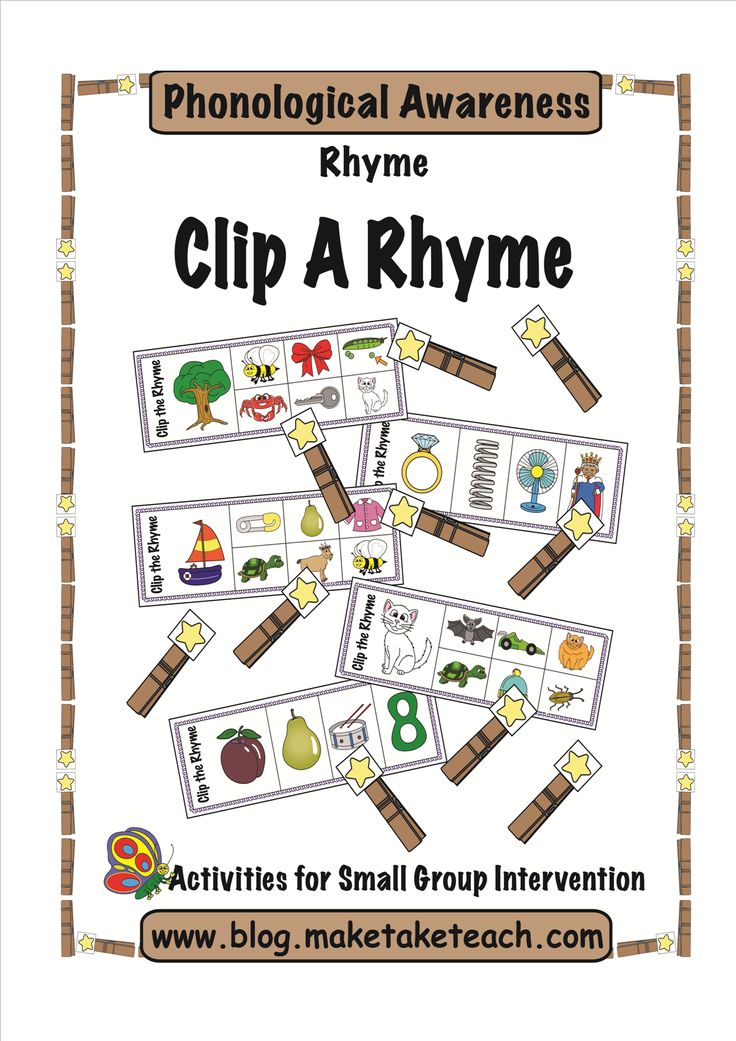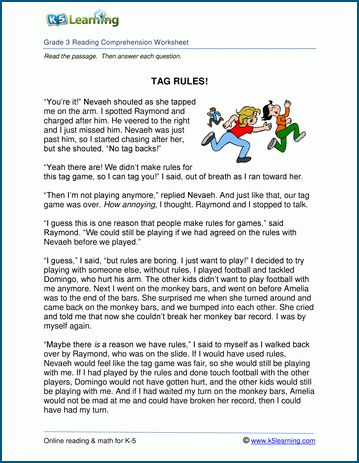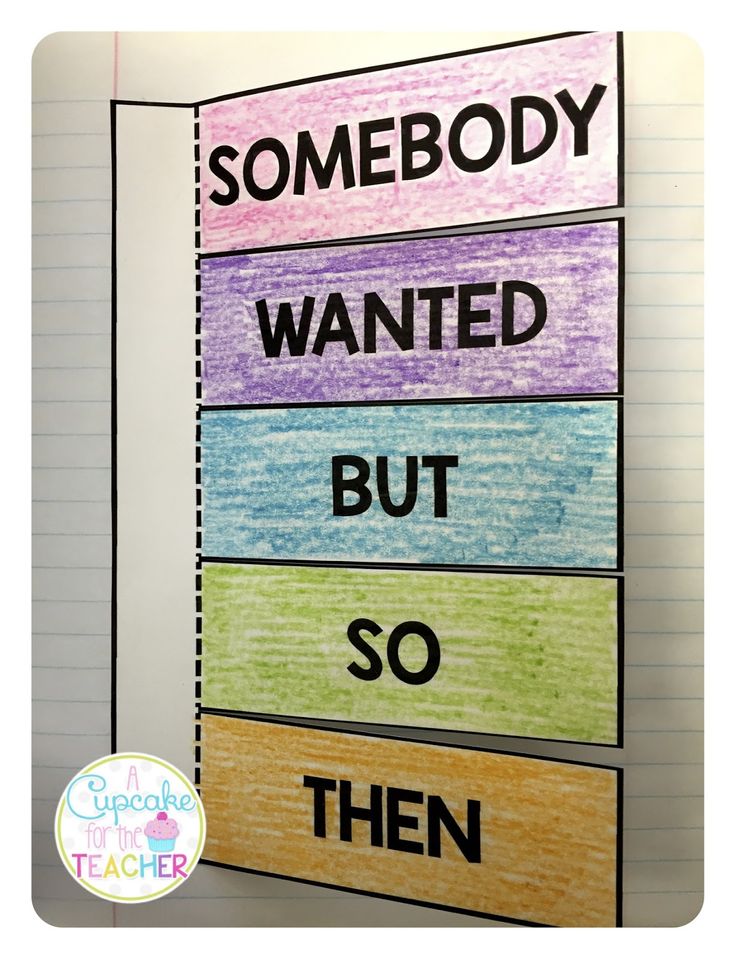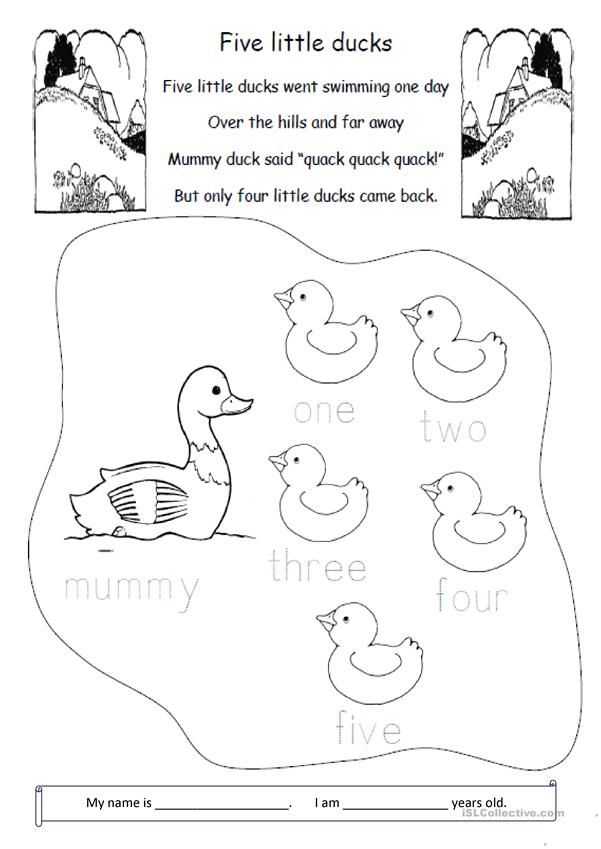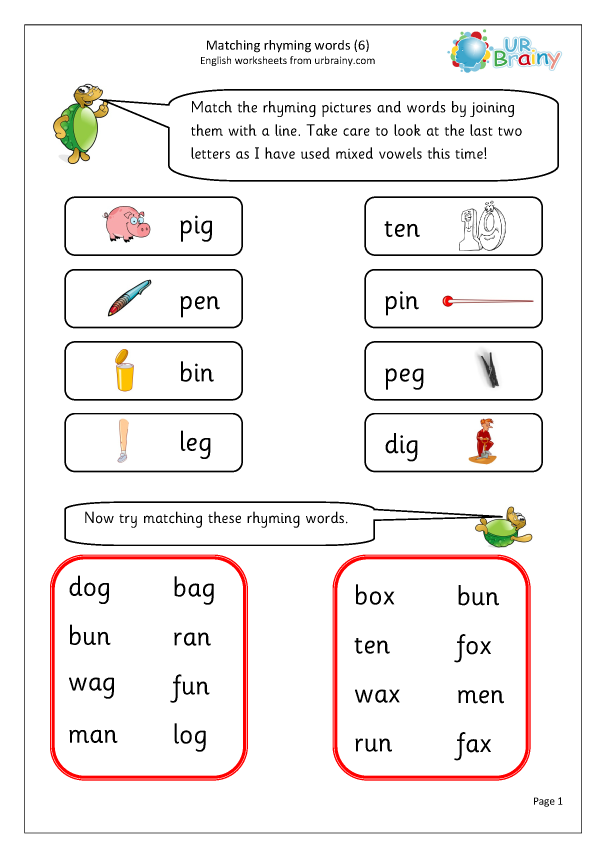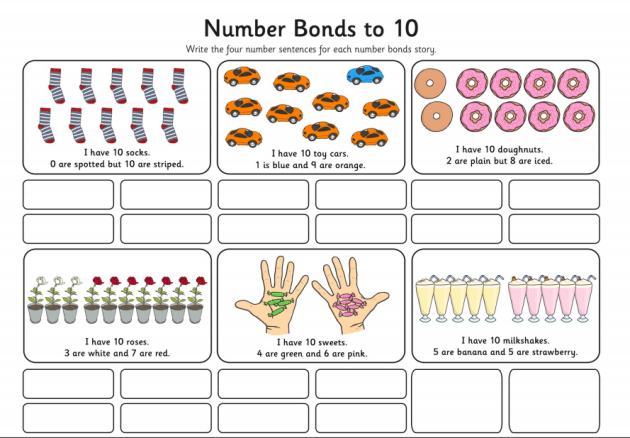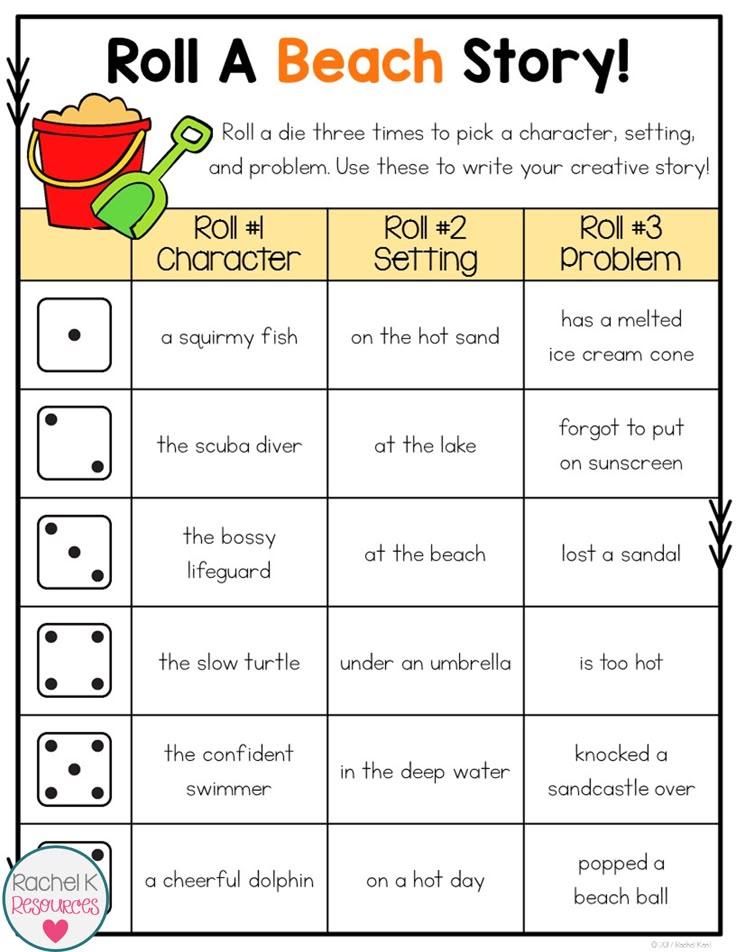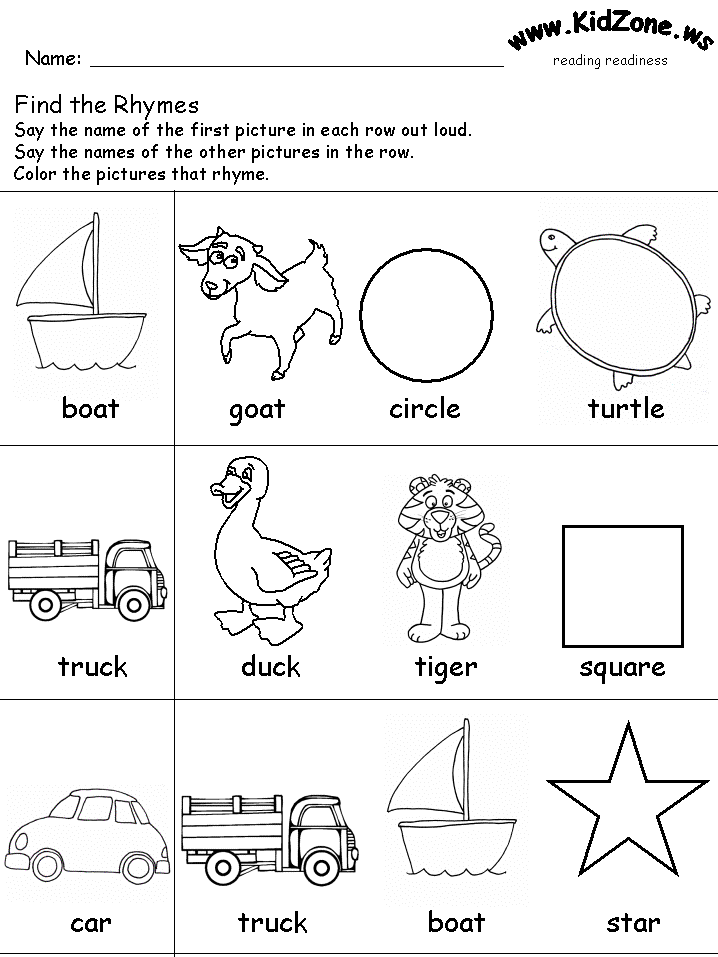What is letter sounds
What is a letter sound?
By the end of EYFS your child should know the sound each letter makes. Find out how your child will be taught letter sounds in school and how you can support learning at home.
or Register to add to your saved resources
What is a letter sound?
Teachers often talk about children knowing their letter sounds. This literally means that when a child sees a letter, they are able to say what sound it makes.
By the end of Reception, children should be able to make the correct sound for each letter of the alphabet. They should know each letter in both its small and capital form.
Your phonics support kit
- Step-by-step phonics programme
- Your guide to phonics
- Worksheets & games
Download FREE resources today
Foundation Stage teachers usually have all the letters of the alphabet on display in the classroom, along with pictures of objects that begin with each letter. Some schools follow a teaching programme that involves learning a song for each letter of the alphabet.
Teachers will carry out various activities with the children to help them learn their letter sounds:
- Collecting or grouping pictures of objects that all start with a particular letter. A child may be given a piece of paper with the letter 'T' on it, then asked to look through a box full of pictures, picking out the pictures of objects that start with a 't'. They may be asked to look for objects at home starting with a certain letter.
- Singing alphabet songs to encourage children to match a spoken sound with a written letter. A really good one is 'If you're happy and you know it' which can be adapted to any letter of the alphabet. For example: if you are learning the letter 'y' you can sing: 'If you're happy and you know it, yawn like me'. This could be accompanied by the teacher pointing to the letter 'y' on the board and the children miming yawning.
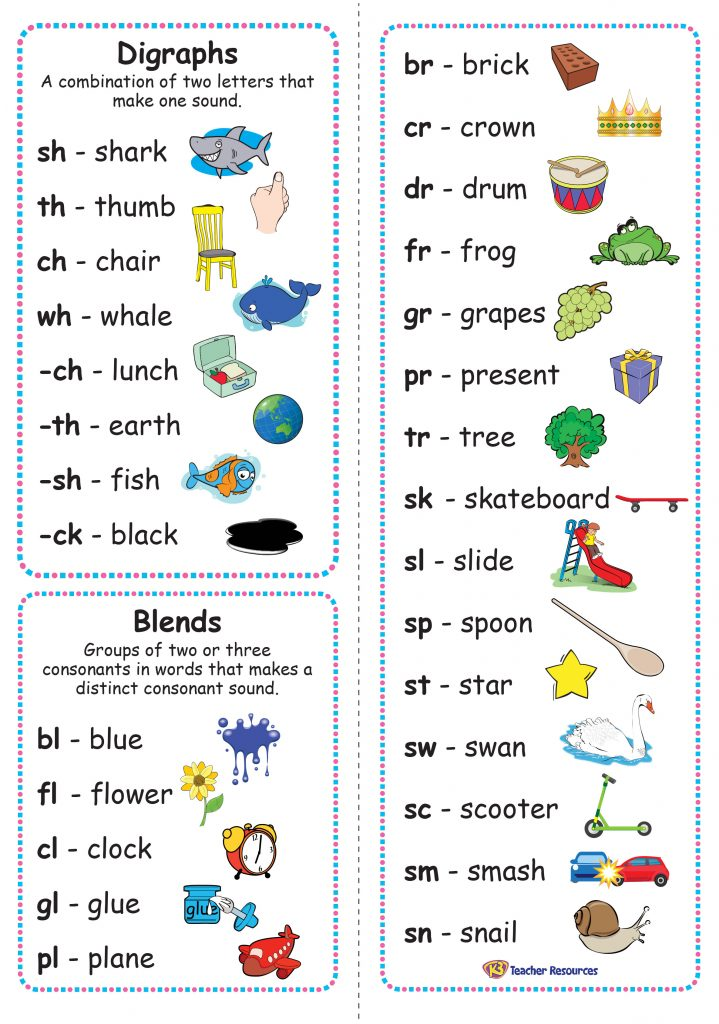
- Some teachers may have large models of letters that they can play whole class games with, for example: they may get the children to sit in a circle and then put various objects in the middle. They may choose one child to hold a letter and then see if they can pick out the object in the middle that starts with that letter.
- Activities on the computer that involve children hearing letter sounds and picking them from a list, or being given a picture and being asked to choose the letter that object starts with.
Once children have learnt their letter sounds they will then start to write the letters themselves. Teachers may carry out the following activities to support this learning:
- Encouraging children to write a certain letter with their finger in a sand tray. This can be a good activity to do with children before you encourage them to pick up a pen and start writing. It can also be good for children who find gripping a pen difficult.

- Giving children a lined piece of paper or lined mini-whiteboard with a particular letter written on it. Children need to copy the letter a few times, making sure they are forming it correctly and keeping it on the line.
Letter Sounds and Letter-Sound Correspondences
Contents:
- What are Letter-Sound Correspondences?
- Examples of Letter sound Correspondences
- Letter Sounds
- The Importance of Letter-sound Correspondences
- How to Teach Letter-sound Correspondences
- Phonemic Awareness vs Letter-sound Correspondence
- The Letter-Sound Correspondences in English
(Alphabetic/Phonemic Code Chart) - Common Questions:
- What Order Should Letters of the Alphabet and Phonemes Be Taught?
- Should you teach lowercase or uppercase letters first?
- What Age Should a Child Know Letter Sounds?
- How many letter sounds should a Kindergartener know?
- How many letters should a 3-year-old and a 4-year-old recognize?
- When should you teach a child letter sounds?
- Should you teach letter names or letter sounds first?
What are Letter-Sound Correspondences?
Letter-sound correspondences can be defined as the relationships between letters in the alphabet and the sounds in a spoken language. Each letter in the alphabet is associated with one or more of the speech sounds (phonemes) that make up vocalised words.
Each letter in the alphabet is associated with one or more of the speech sounds (phonemes) that make up vocalised words.
The term GPC, which stands for grapheme-phoneme correspondence is sometimes used as an alternative to letter-sound correspondence.
Letter-sound correspondences are sometimes collectively described as the alphabetic code.
Examples of Letter sound Correspondences
The simplest examples involve the associations between individual letters of the alphabet and spoken sounds.
For instance, the letter b represents a particular sound in words such as big or cab that is distinct from the sounds represented by the other letters in these words.
Letter sounds are indicated by forward slashes in some phonics programmes. For example, the sound represented by the letter b in the above words would be written as /b/.
The international phonetic alphabet has specific symbols for spoken sounds which are sometimes the same as the printed letters and sometimes different.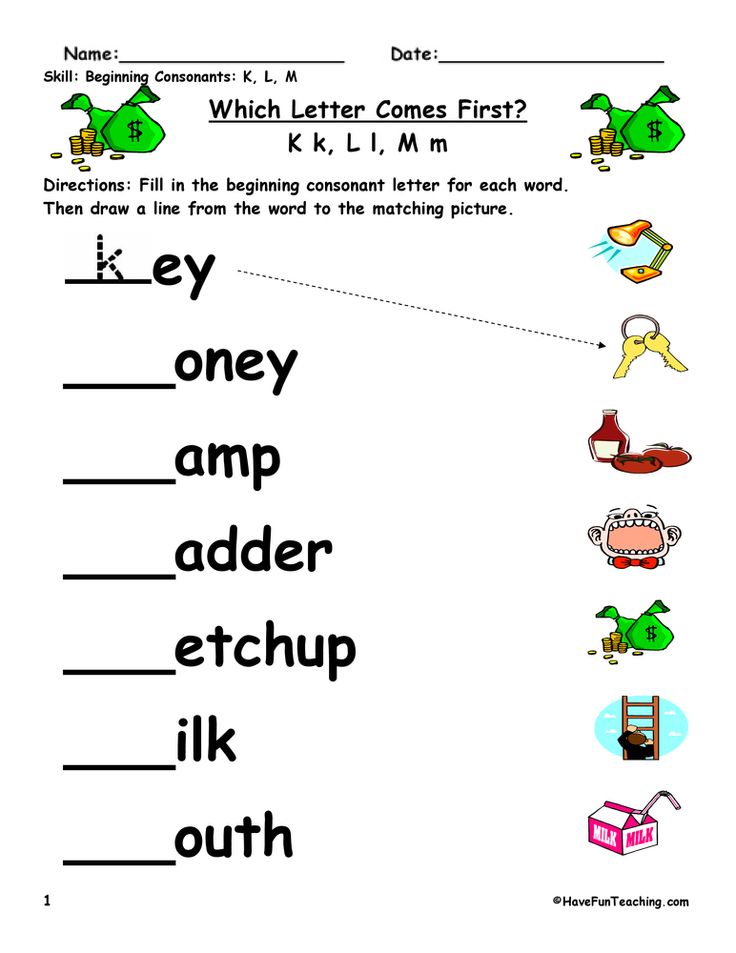
For example, the sound associated with the letter b in the above examples is written as b, but the sound represented by the letter a in the words ant and cap is written as æ.
The ‘long a’ sound represented by the letter a in words such as apron and baby is represented by /ai/ in many phonics programmes and by eɪ in the international phonetic alphabet.
Some letter-sound correspondences are more complicated because groups of letters are used to represent individual sounds. These are called digraphs, trigraphs or quadgraphs depending on the number of letters used to represent the sound.
See our section below on the Letter-Sound Correspondences in English for a comprehensive list of examples.
Back to contents…
Letter Sounds
It’s common for educators to talk about teaching ‘letter sounds’, but letters don’t actually make sounds – they represent sounds.
However, since most 4 and 5-year-olds don’t understand the meaning of the word ‘correspondence’, many teachers find it easier to tell their children that letters have sounds.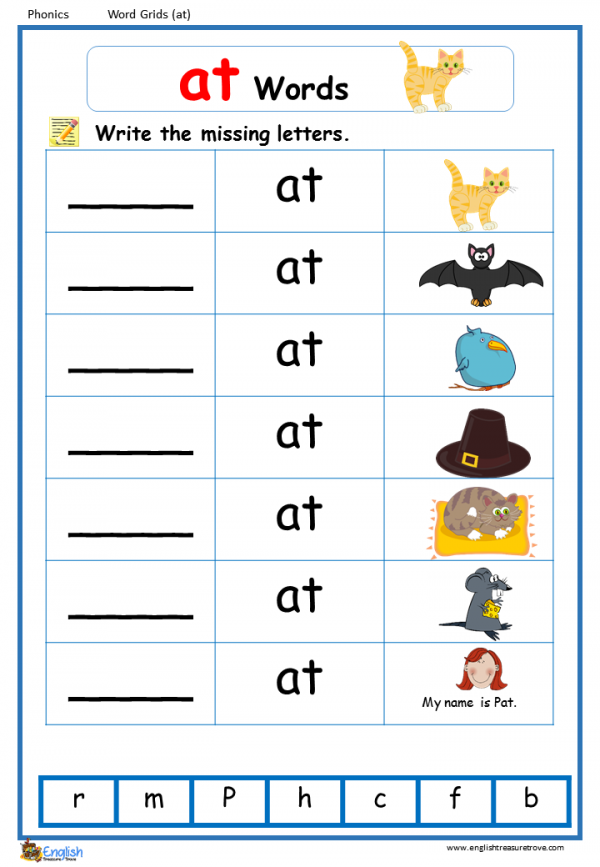 Some phonics purists are scornful of anyone who teaches this idea, but we haven’t seen any evidence that it’s harmful.
Some phonics purists are scornful of anyone who teaches this idea, but we haven’t seen any evidence that it’s harmful.
Nevertheless, it is possible to give children a more accurate and child-friendly explanation of the connection between letters and sounds. Just tell them that letters ‘stand for’ sounds.
For example, hold up a card with the letter ‘a’ on it and say, “This letter stands for the /a/ sound we hear at the start of ‘apple’ or ‘ant’”. And “This letter stands for the /b/ sound we hear at the start of ‘bug’ or ‘bat’”.
The Importance of Letter-sound Correspondences
Understanding letter-sound correspondences is essential for reading and spelling words in all writing systems that are based on an alphabetic code.
- The ability to recognise letters and link them to spoken sounds allows children to decode written words. This strategy can help children read words even if they’ve never encountered them in print before.

- The ability to segment spoken words into individual sounds and then recall the letters used to represent those sounds is one of the most important skills needed for accurate spelling.
- The ability to recognise letters and link them to spoken sounds allows children to decode written words. This strategy can help children read words even if they’ve never encountered them in print before.
Back to contents…
How to Teach Letter Letter-sound Correspondences
Research suggests that explicit phonics instruction is the most effective way to teach letter-sound correspondences.
Some children can ‘pick up’ letter-sound relationships without formal instruction if they spend a lot of time reading books with a supportive adult. However, all children are likely to learn more quickly with some direct instruction.
We explain how you can teach your child the letter sounds in our phonics article.
One of the most effective activities for helping children grasp letter-sound correspondences is segmenting spoken words and then writing them or constructing them with letters. See spelling with magnetic letters or alphabet cards in our article on spelling.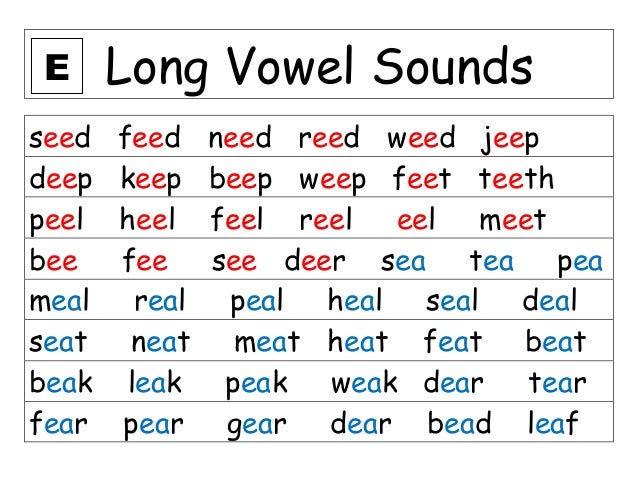
Electronic games can also be helpful. Use the following link to access a variety of free online games for letter sounds.
See also ‘What Order Should Letters of the Alphabet and Phonemes Be Taught?’ and ‘Key Principles for Teaching Letter-Sound Correspondences‘ later in this article.
Back to contents…
Phonemic Awareness vs Letter-sound Correspondence
- Phonemic awareness is an auditory skill that involves identifying sounds in spoken words. It can be practised verbally without any reference to printed words.
- Learning letter-sound correspondences involves linking the sounds in spoken words to letters in written words.
Some educators believe that it’s important for children to develop phonemic awareness skills before they are taught about letters and the sounds they are associated with.
However, research suggests that teaching letter-sound correspondences improves phonemic awareness.
In fact, there is no real benefit in developing phonemic awareness in the absence of letters. For children to become proficient at reading and spelling, they need to see the connection between phonemes and letters in our alphabetic writing system.
For children to become proficient at reading and spelling, they need to see the connection between phonemes and letters in our alphabetic writing system.
Back to contents…
The Letter-Sound Correspondences in English
In some languages, the relationships between letters and sounds are very simple and consistent. For example, in Finnish, there is a one-to-one letter-sound correspondence in most words.
However, the letter-sound correspondences in English aren’t straightforward. Some sounds are represented by combinations of 2 or 3 letters (see digraphs and trigraphs) and individual letters don’t always represent the same sound.
For example, the sounds represented by vowel letters can vary in different words…
Compare the sound represented by the letter a in ‘angel’ to the sound in ‘ant’ or ‘apple’.
Some consonants can also represent different sounds. For example, the letter s in ‘frogs’ represents a different sound from the letter s in ‘snake’.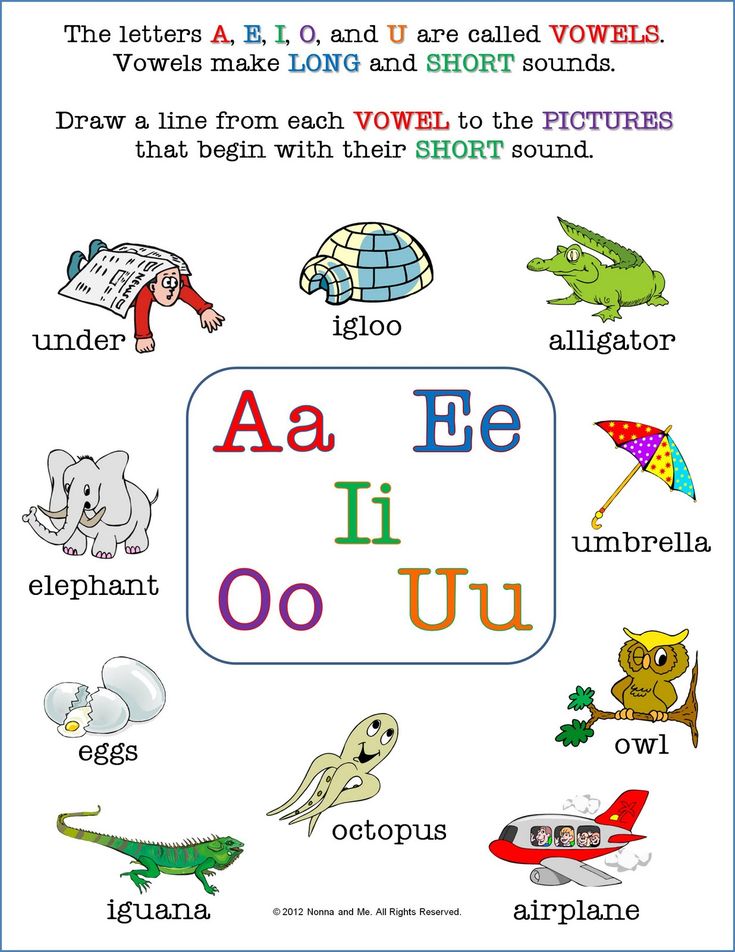 And the letter y in gym represents a vowel sound, which is quite different from the sound it represents in yellow.
And the letter y in gym represents a vowel sound, which is quite different from the sound it represents in yellow.
In fact, it isn’t strictly correct to say that some letters are vowels, and some letters are consonants because combinations of various letters can represent vowels (such as ‘igh’), and some ‘vowel’ letters can also represent consonants in a few words.
We’ve made a reasonably comprehensive list of the letter-sound correspondences in English in the table below which could also be described as an Alphabetic/Phonemic Code Chart. You can download this chart as a free pdf.
The letters between forward slashes / / are used in the UK Government’s ‘Letters and Sounds’ phonics programme. The green symbols in round brackets are used in the International Phonetic Alphabet.
Click on the image to download the chart as a pdf.For an even more comprehensive list see the Spelfabet site.
To listen to the phonemes represented with the International Phonetic Alphabet Chart, you can download a free phonemic pronunciation chart app from the British Council.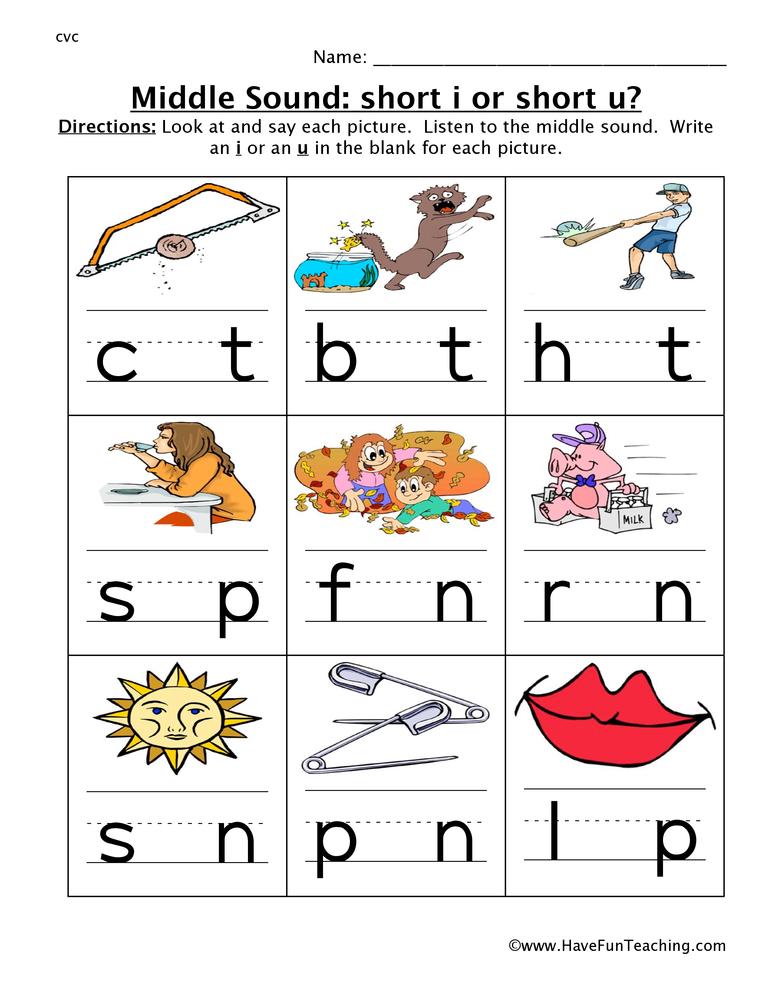
You can listen to the phonemes represented by ordinary letters on Oxford Owls Phonics Audio Guide.
Back to contents…
Common Questions:
What Order Should Letters of the Alphabet and Phonemes Be Taught?
No specific order for teaching letters and sounds in phonics has been proven to be better than all the alternatives. And it’s unlikely that anyone will ever find the best order because there are so many different sequences that could be used it would be impossible to investigate them all.
For instance, if we chose to teach just the first 4 letters from the alphabet, these could be arranged or introduced in 24 different ways:
{a,b,c,d} {a,b,d,c} {a,c,b,d} {a,c,d,b} {a,d,b,c} {a,d,c,b} {b,a,c,d} {b,a,d,c} {b,c,a,d} {b,c,d,a} {b,d,a,c} {b,d,c,a} {c,a,b,d} {c,a,d,b} {c,b,a,d} {c,b,d,a} {c,d,a,b} {c,d,b,a} {d,a,b,c} {d,a,c,b} {d,b,a,c} {d,b,c,a} {d,c,a,b} {d,c,b,a}
With 8 letters, the number of permutations jumps to 40,320, and with 26 letters there are a staggering 4. 0 x 1026 possible arrangements!
0 x 1026 possible arrangements!
Nevertheless, despite the huge number of alternative sequences, we can still glean some useful guidelines for teaching letters and phonemes from research. And insights can also be obtained by looking at the order phonemes are taught in successful phonics programmes…
The ‘Carnine order’ shown below is probably one of the most well-thought-out approaches to teaching letters and sounds. It’s based on the research and teaching experience of a group of American educators, and it was popularised in their book, ‘Direct Instruction Reading’*. It’s also recommended by the University of Oregon.
*Carnine, Silbert, Kame’enui and Tarver (2009), Direct Instruction Reading, Pearson
Carnine Order:
| a m t s i f d r o g l h u c b n k v e w j p y T L M F D I N A R H G B x q z J E Q |
At first glance, the Carnine order looks quite random, but the researchers had specific reasons for using this sequence of letters:
- Letters that occur frequently in words are taught earlier in the sequence because these can be used to make a greater variety of words for early blending practice.
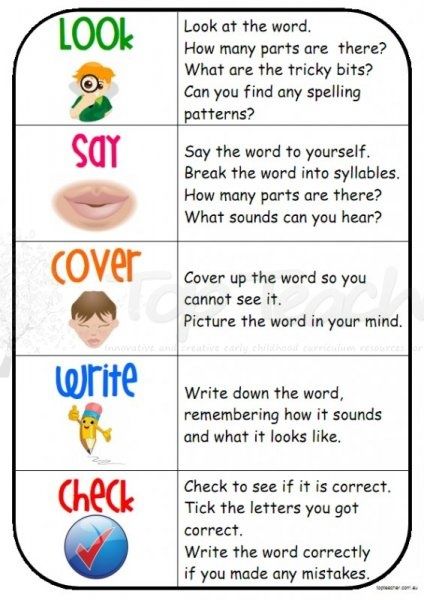
- They avoided teaching letters with similar appearances together. For example, the letters d, b and p all have the same basic shape (but different orientations). The fear is that children could be confused if they were to meet all these letters in the same session.
- They also avoided teaching letters together that are pronounced in a similar way.
- Some letters that represent continuous sounds are taught early in the sequence because children can find it easier to blend words containing these sounds. Examples of continuous sounds include those represented by the vowel letters and the consonants ‘m’, ‘s’ and ‘f’.
- Lower case letters are mostly taught before capital letters because they occur more frequently in words. However, some capital letters are taught alongside the lowercase versions if they look similar. For example, the letters s, and u look very similar in lower case an upper case (s, S and u, U) so these are taught together. Capital letters that look different from the lowercase versions (such as A and B) are taught later.

- Letters that occur frequently in words are taught earlier in the sequence because these can be used to make a greater variety of words for early blending practice.
The direct instruction reading strategy followed by Carnine and the other researchers has been shown to be very effective with a diverse range of student populations and it was the most successful programme in the extensive Project Follow Through experiment.
Although they don’t use the exact same sequence, several other successful phonics programmes follow similar principles to those used in the Carnine order.
For example, Jolly Phonics also teach lower case letters first and the first letters introduced include: s, a, t, i, p and n. All these letters occur quite frequently in English words, and some represent continuous sounds, so they can be used to make a variety of suitable words for early blending and segmenting practice. Most of the letters introduced early by Jolly Phonics also appear early in the Carnine Order.
The letters in ‘satpin’ are also taught first in Letters and Sounds, the UK Government’s phonics programme. We suspect the Letters and Sounds team borrowed the sequence from Jolly Phonics. The programme suggests using the following words made from the letters in ‘satpin’ for early blending practice:
We suspect the Letters and Sounds team borrowed the sequence from Jolly Phonics. The programme suggests using the following words made from the letters in ‘satpin’ for early blending practice:
at, a, sat, pat, tap, sap, it, sit, sat, pit, tip, pip, sip, an, in, nip, pan, pin, tin, tan, and nap.
Some of the other letters that are introduced early in Letters and Sounds, such m and d, also appear early in the Carnine Order.
The Sounds-Write programme, another successful course that’s popular in the UK, begins with the letters a, i, m, s, t, n, o and p. Again, most of these letters appear early in the Carnine order.
We’ve included the full sequences of letters and sounds for these phonics programmes below. Notice that some ‘digraph sounds’ are taught before the less common individual letter-sound correspondences in some programmes.
Jolly Phonics
s, a, t, i, p, n, ck, e, h, r, m, d, g, o, u, l, f, b, ai, j, oa, ie, ee, or, z, w, ng, v, oo, oo, y, x, ch, sh, th, th, qu, ou, oi, ue, er, ar.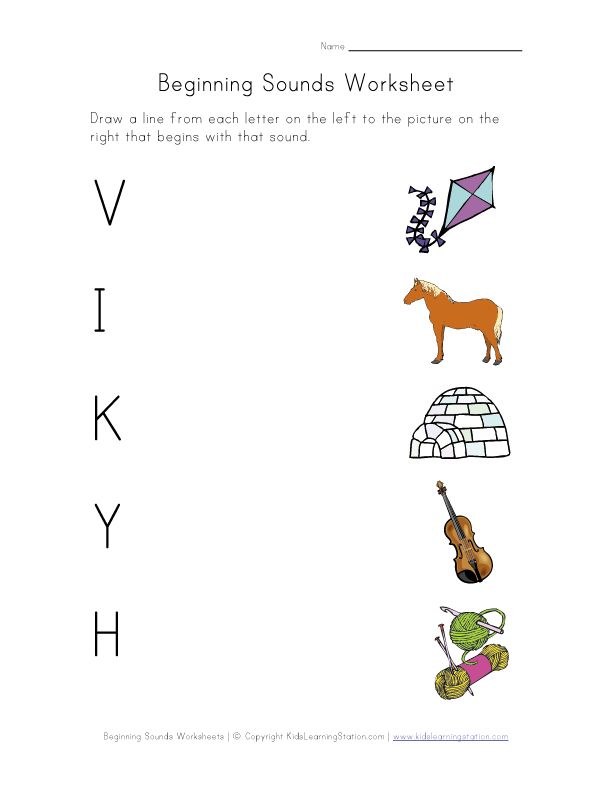
Some alternative spellings for vowel sounds are taught after these letter combinations.
Letters and Sounds
s, a, t, p, i, n, m, d, g, o, c, k, ck, e, u, r, h, b, f, ff, l, ll, ss, j, v, w, x, y, z, zz, qu, ch, sh, th, ng, ai, ee, igh, oa, oo, ar, or, ur, ow, oi, ear, air, ure, er.
Some alternative spellings for vowel sounds are taught after these letter combinations – see our digraphs article for details.
Sounds-Write
a, I, m, s, t, n, o, p, b, c, g, h, d, e, f, v, k, l, r, u, j, w, z, x, y, ff, ll, ss, zz, sh, ch, th, th, ck, wh, ng, qu.
Alternative spellings for vowel sounds are taught after these letter combinations.
As you can see from the examples we’ve shown above, different programmes can use slightly different letter and sound sequences and still get good results. So, the exact order of instruction probably doesn’t make much difference as long as it’s based on sound principles.
Other Considerations
While the principles used in the examples above are certainly well-considered and logical, they aren’t set in stone. Children enter preschool, Kindergarten and reception classes with different abilities and experiences, so it’s also worth considering alternative approaches.
Children enter preschool, Kindergarten and reception classes with different abilities and experiences, so it’s also worth considering alternative approaches.
In the academic paper, Enhancing Alphabetic Knowledge Instruction*, Professor Cindy Jones and her colleagues advocate flexible distributed instructional cycles based on what they describe as ‘Alphabetic Knowledge Learning Advantages’.
*Cindy D. Jones, Sarah K. Clark and D. Ray Reutzel (2012), Enhancing Alphabet Knowledge instruction. Early Childhood Education Journal.
The idea is to spend a cycle of around 5 weeks focussing on one learning advantage before switching to another 5-week cycle that focuses on a different learning advantage, then another, and so on.
The guidelines for the approach encourage flexibility. So, a teacher can assess student progress in a cycle and identify which letters they are finding most difficult to learn. The teacher can then select the most appropriate instructional cycle to use next that will best deal with the students’ needs.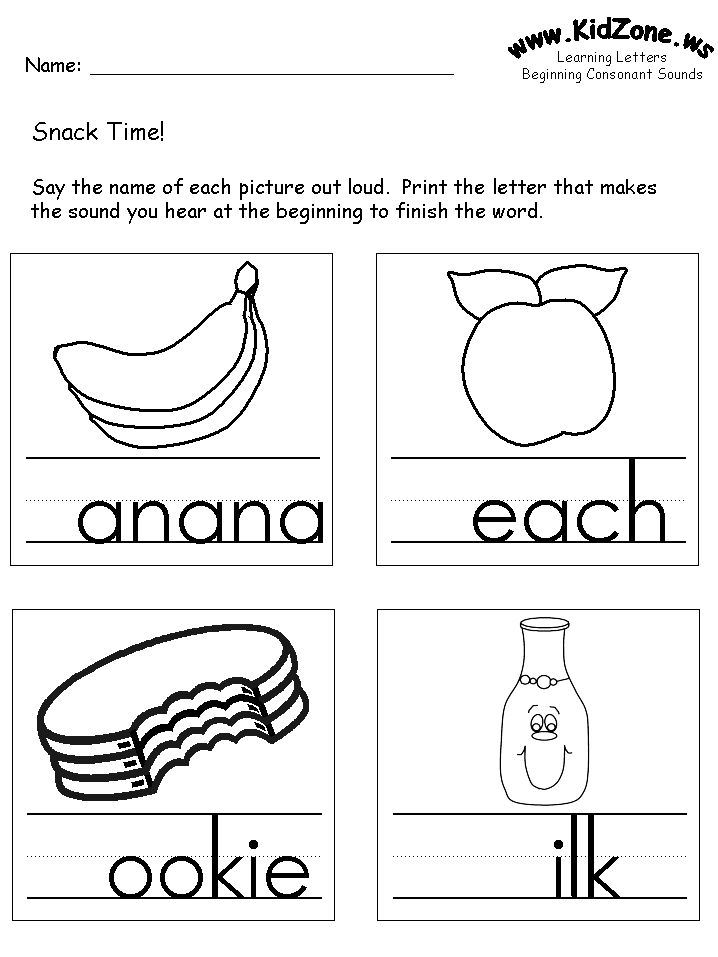
The approach can be used in whole-class settings or in small groups.
The ‘learning advantages’ described in the paper have been identified by research and include:
Own name advantage: Many children find it easier to learn how to name and print the initial letter of their own name compared to other letters in the alphabet. This is probably because kids are more motivated to learn letters that have a strong connection with their own identity.
Also, mentioning someone’s name is one of the best ways to get their attention, and, according to the neuroscientist Stanislas Dehaene, attention is one of the four pillars of learning*.
* Dehaene, S. (2020) How We Learn: The New Science of Education and the Brain, Penguin Books.
The name advantage could be extended further by looking at the letters in words for other things that children might have a significant emotional connection to. Anything that’s likely to get their attention and make them more motivated to learn could be suitable.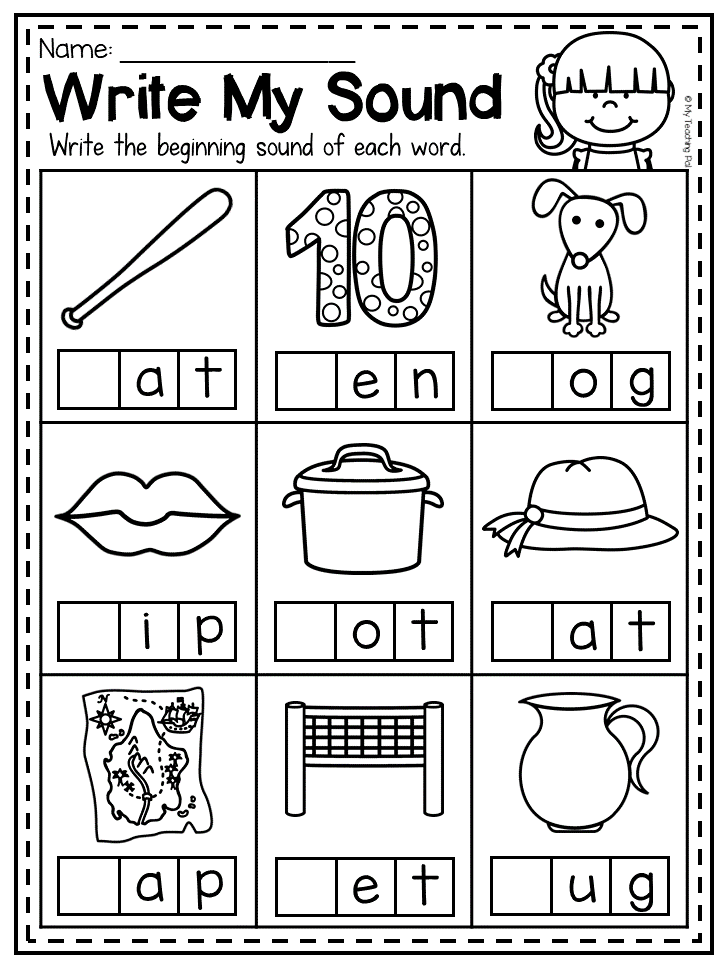 For example, words like Mum/Mom, Dad, names of siblings, pets, favourite sports teams or where they live.
For example, words like Mum/Mom, Dad, names of siblings, pets, favourite sports teams or where they live.
Alphabetic order advantage: Some educators argue that the normal alphabetic order isn’t ideal for learning letter sounds. However, it might have some benefit for children who’ve already learned the names and shapes of the letters from alphabet songs or books.
For example, some letter names (such as ‘bee’, ‘dee’, ‘ef’ and ‘em’) begin or end with sounds represented by the letters and studies have shown that children can learn these letter-sound relationships more easily if they already know the letter names*.
*Treiman, R., Weatherston, S., & Berch, D. (1994). The role of letter names in children’s learning of phoneme-grapheme relations.
Lots of children learn the alphabet song and alphabet books are very popular – we found over 80,000 results in a search for alphabet books on the UK Amazon site alone. Consequently, for kids who can already recognise the letters of the alphabet, some of the principles used in the Carnine Order might not be so important.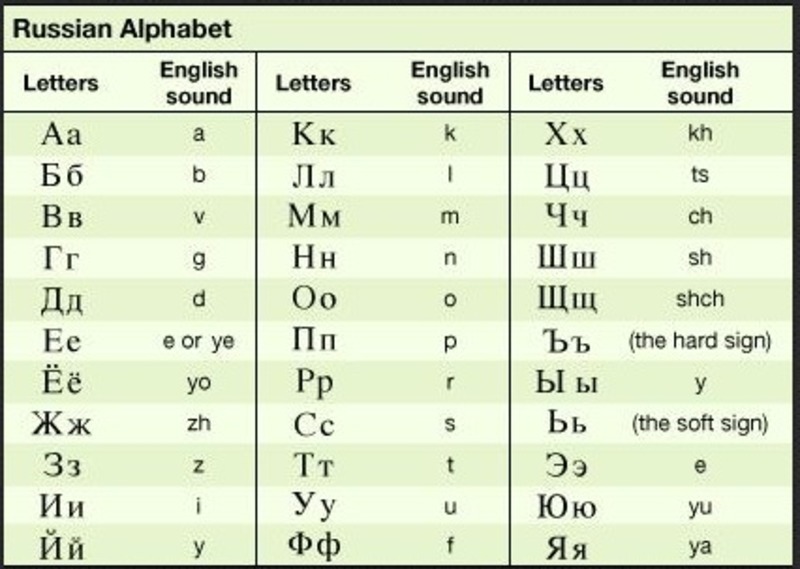
One disadvantage of teaching letter-sound relationships in alphabetic order is that kids tend to remember letters at the beginning and end of the alphabet, but struggle to recall the letters in the middle. This is probably due to primacy and recency effects.
Letter frequency advantage: Children find it easier to learn letters that appear more often in print. The researchers suggest teaching the less common letters first in this cycle so there is a greater focus on them before moving on to the more common letters. This approach contrasts with the Carnine order where the most frequently occurring letters are taught first.
- The consonant letters from most to least frequent are r, t, n, s, l, c, d, p, m, b, f, v, g, h, k, w, x, z, j, q and y.
- The vowel letters from most to least frequent are i, a, e, o and u.
Distinctive visual features letter writing advantage: Children find it relatively easy to distinguish between letters that have distinct visual features.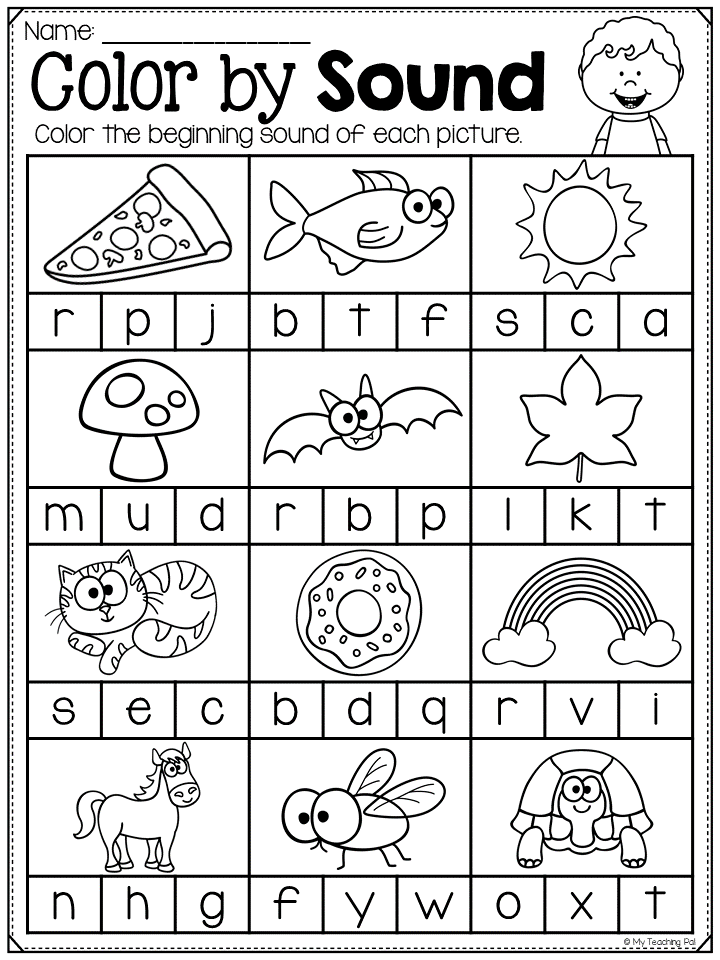 For example, they can easily see the difference between the letters a and z or b and x.
For example, they can easily see the difference between the letters a and z or b and x.
However, they can find it difficult to distinguish between letters that have similar visual features. For example, the uppercase letters C and G are very similar, as are E and F, P and R, and O and Q. The lowercase letters b, d, p and q are also similar in shape, and so are m, n, and u.
In this cycle, letters with similar features might be introduced together and the teacher would highlight features that can help students recognise the differences between the similar letters.
For instance, they would draw the students’ attention to the tail in the letter Q and compare it to O which is similar but doesn’t have a tail. Or they might highlight the extra horizontal line at the bottom of E to help students see the difference between this and the letter F.
The idea of teaching visually similar letters together differs from the Carnine approach where they are taught separately.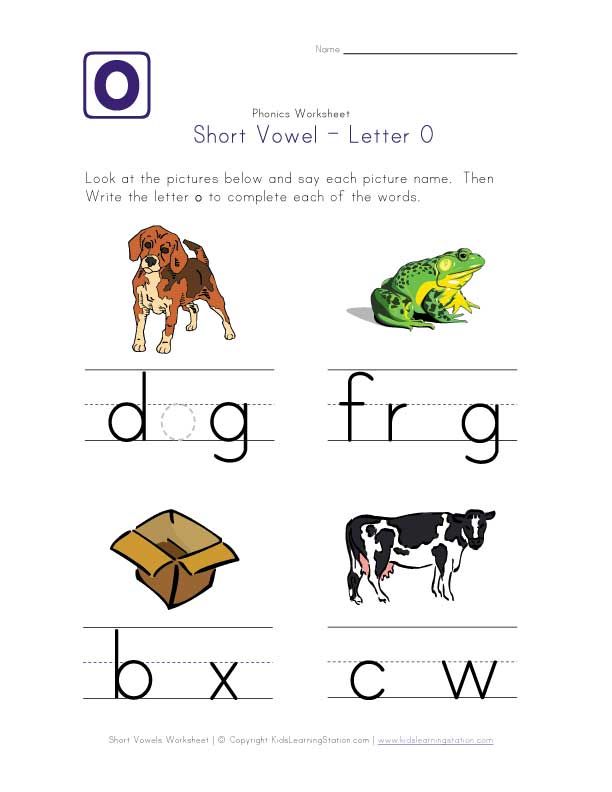
The creators of the Enhancing Alphabet Knowledge (EAK) approach recommend a simple 3-stage process for teaching letters in each cycle:
- First children are explicitly taught to identify the name and sound of the uppercase and lowercase form of the letter introduced that day.
- Next, the children are provided with books and other written texts and they are asked to find examples of the day’s letter in lowercase and uppercase.
- Finally, they are taught how to write the letter.
Research has shown that EAK instruction produces better results than the traditional approach used in some early childhood classrooms where one letter is taught every week.
Unfortunately, we’re not aware of any studies that make direct comparisons between the effectiveness of the EAK approach and the Carnine order.
Our thoughts and conclusions…
It seems that children can be taught letters and phonemes successfully in a variety of different sequences. Good arguments can be made for using a number of different orders of instruction including some we haven’t explored here, such as following a sequence of letters that’s good for teaching handwriting.
Good arguments can be made for using a number of different orders of instruction including some we haven’t explored here, such as following a sequence of letters that’s good for teaching handwriting.
We’re inclined to favour the reasoning behind the Carnine order and the sequences in the popular phonics programmes. We especially like their initial focus on learning letters that can be used to make a variety of suitable words for early blending and segmenting practice.
Also, some of these sequences have been used for decades and they’ve been proven to work well in thousands of classrooms around the world.
However, we also think there is some merit to the flexible use of learning advantages for responding to individual student needs as described in the EAK approach.
We also think it’s important to think carefully about the order digraphs and trigraphs are introduced, but the Carnine and EAK approaches don’t really address this. You might find it helpful to read the section ‘What Order Should I Teach Digraphs?’ in our article about teaching digraphs.
Key Principles for Teaching Letter-Sound Correspondences
Overall, we believe there are some key principles for teaching letters and phonemes that are probably more important than the order the phonemes are introduced:
- Only Introduce a few letters and phonemes in each session.
- Focus on the sounds represented by letters rather than letter names.
- Review previously taught phonemes continuously.
- Practise blending and segmenting words containing the letters that have been taught.
- Practise handwriting individual letters and simple words.
These key principles are based on research into the alternative sequences described above and established learning theories from cognitive science.
Only Introduce a few letters and phonemes in each session…
Most academics and experienced teachers would agree that teaching the whole alphabet along with its associated phonemes in one go would be counterproductive.
This would almost certainly result in cognitive overload and leave the children confused and demoralised.
How many letters should I teach a week?
Established and successful programmes such as Jolly Phonics, Sounds-Write and the UK Government’s Letters and Sounds programme only teach a handful of phonemes each week.
Jolly Phonics suggest teaching no more than one letter-sound correspondence each teaching day or around 4-5 per week and Sounds-Write and Letters and Sounds both introduce letters at about the same rate.
The creators of the Enhancing Alphabet Knowledge (EAK) approach also recommend introducing letters at a rate of one per teaching day.
Focus on the Sounds Represented by Letters Rather than Letter Names.
Learning letter names early doesn’t actually help children learn to read and early exposure to letter names can have a detrimental effect on spelling. We discuss these points in more detail in our article ‘Should I Teach my Child Letter Names’.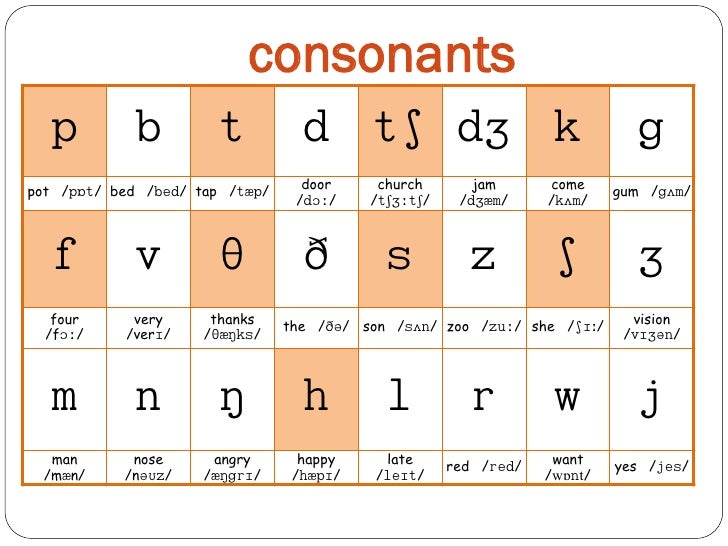
Review previously taught phonemes continuously
There’s an old saying that ‘repetition is the mother of learning’ and there is a lot of truth in this. Reviewing material that has been encountered before is essential for the consolidation of long-term memories. So, when you introduce a new letter, spend a few minutes reviewing some previously introduced letters at the end of the session.
It’s been shown that spacing out reviews over a period of several days and weeks (distributed practice) is more effective than cramming a lot of content into a single session.
To become proficient readers, children need automatic and instantaneous recall of letter-sound correspondences. And as cognitive scientists such as Dan Willingham have pointed out, ‘for new knowledge to become long-lasting, sustained practice, beyond the point of mastery, is necessary.
Practise Blending and Segmenting Words containing the letters that have been taught.
Letters and sounds don’t have to be reviewed in isolation; they can be presented within simple words and reviewed as part of blending practice.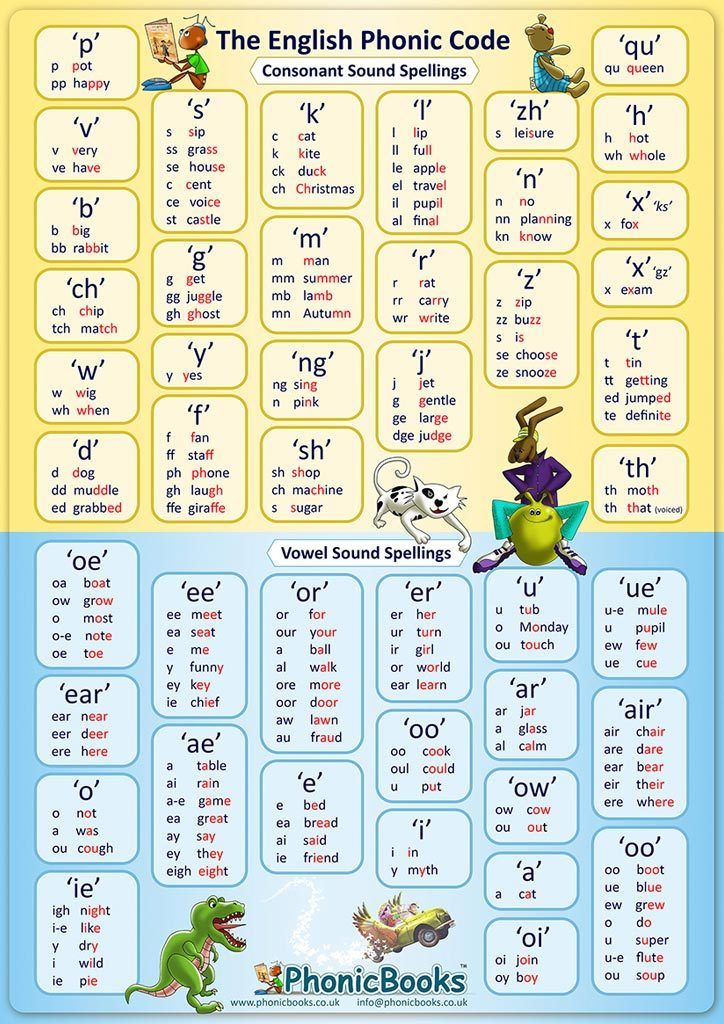
This is a more efficient use of time as the students will be improving their blending skills at the same time as consolidating their knowledge of letter-sound correspondences.
Blending practice also teaches kids why learning letters and sounds are useful and important. Understanding the relevance of what they are doing can make them keener to learn according to the Expectancy value theory of motivation.
And as students become more proficient at blending, they can progress to reading sentences and passages and this will allow them to review their letter-sound correspondences in a more natural way.
However, if a child is constantly tripping over a particular correspondence, it would be helpful for them to spend some time reviewing this more frequently.
Segmenting words is like blending in reverse and it can really help to embed a child’s knowledge of letter-sound correspondences. However, it’s only really effective for this purpose if the segmented words are then spelled with magnetic letters, alphabet cards or in writing.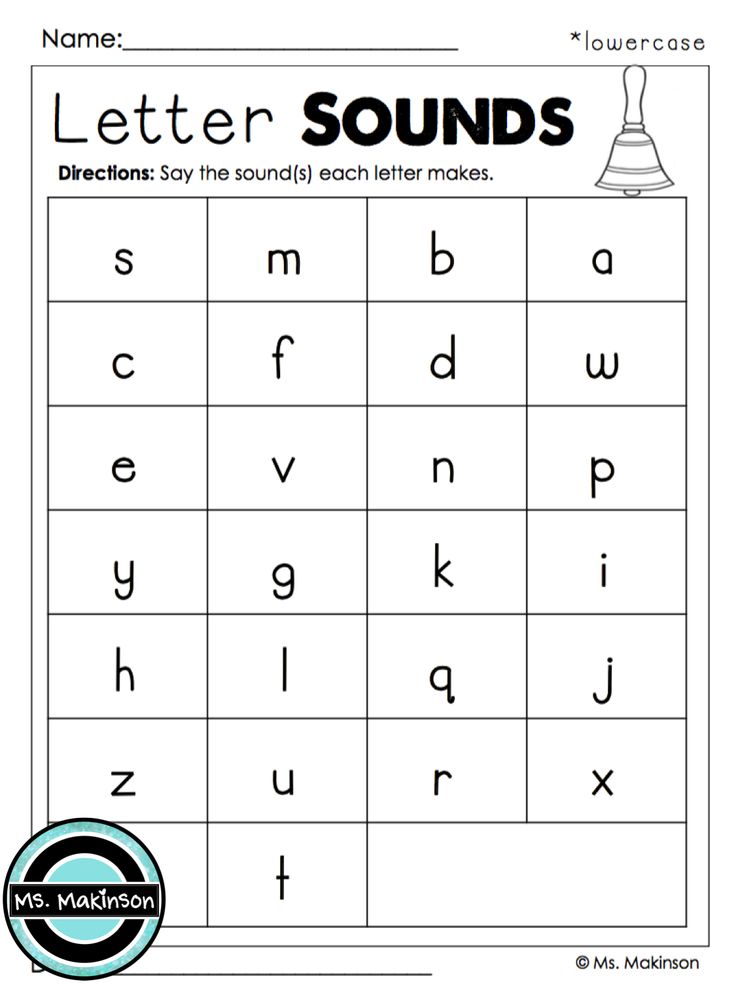
Segmenting done as a purely oral exercise, or by moving tokens counters in Elkonin boxes won’t help children learn letter-sound correspondences.
Practise Handwriting Individual Letters and Simple Words.
As we mentioned in our article about handwriting, writing by hand helps to establish brain connections that are important for reading and spelling.
In order to write accurately, children need to focus on the key characteristics of each letter, and this allows them to build stronger representations of the fine details in their brains.
Back to contents…
Should you teach lowercase or uppercase letters first?
There is no hard and fast rule on this. Children need to learn both lowercase and uppercase letters eventually, so it probably doesn’t make a big difference whether you teach them together or separately.
However, we think there’s some logic behind the Carnine approach where lower case letters are taught before capital letters because they occur more frequently in words.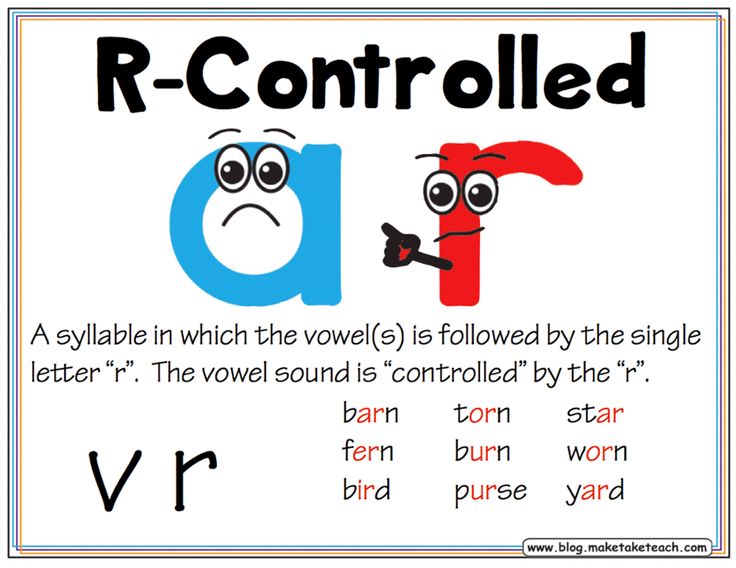
What Age Should a Child Know Letter Sounds?
Children should recognise some letters and know the sounds they represent by the time they are around 5 years old because this is the age when most children begin reading instruction in school.
How many letter sounds should a kindergartener know?
This might vary with the curriculum policies of different schools and different districts, but it’s not unusual for children to be able to match all 26 letters to sounds by the time they finish kindergarten. In the UK, children are expected to know all the letters and their associated sounds by the time they are halfway through reception.
How many letters should a 3-year-old and 4-year-old recognize?
There are no fixed expectations for knowledge of letters or letter sounds by age before children start formal schooling and there is a great deal of variation in preschool children.
How many letters a young child knows depends on the amount of input they have had at home or in preschool and also on their individual development.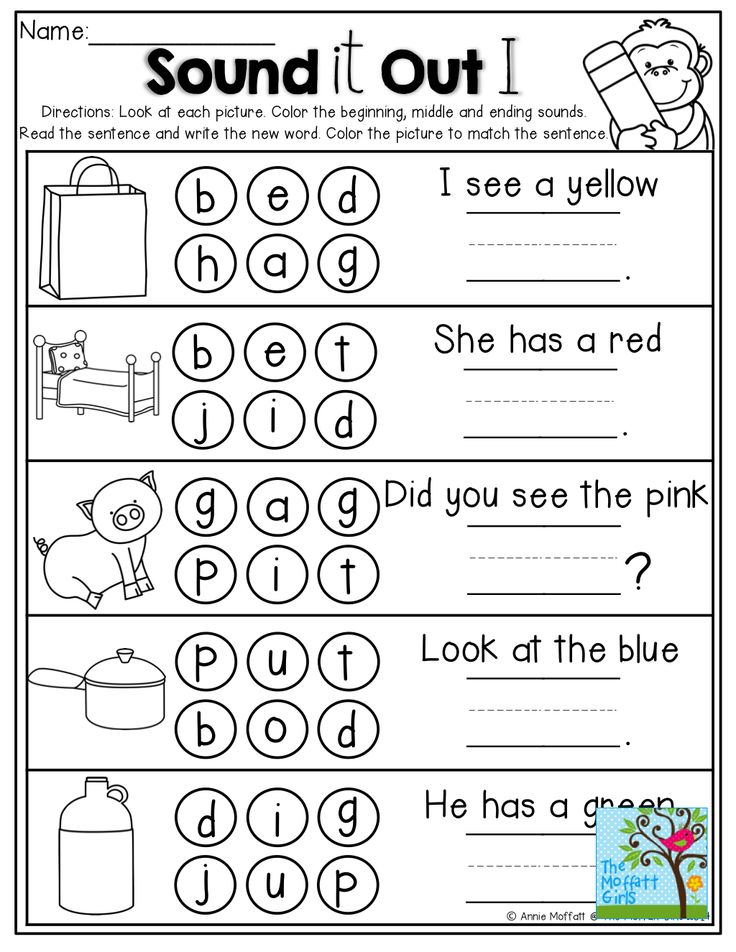
When Should You Teach a Child Letter Sounds?
Children can be informally introduced to letter sounds as soon as they recognise that text represents spoken language.
However, you don’t have to teach your child letter sounds before they start school unless you choose to. Some children don’t know any letter sounds before they start school whereas others know them all.
A relatively small number of children can recognise all the letters and the sounds they represent by the time they are around two years old. However, this is only likely if they have had a lot of exposure to letters from a very young age.
See our article ‘Should I Teach My Baby or Toddler to Read?’ for more information on the pros and cons of teaching very young children literacy skills.
Should You Teach Letter Names or Sounds First?
Opinions vary on this issue, but our own view is that a knowledge of letter sounds is much more important for learning to read and spell accurately. See our article, ‘Should I Teach my Child Letter Names’, for a more detailed discussion of this question.
See our article, ‘Should I Teach my Child Letter Names’, for a more detailed discussion of this question.
Back to contents…
Sounds and letters of the Russian language - scheme, table, transcription
Contents:
• What is sound?
• What sounds are there?
• How are sounds pronounced?
• Transcription of the word
• Color scheme
Sounds belong to the phonetics section. The study of sounds is included in any school curriculum in the Russian language. Acquaintance with sounds and their main characteristics occurs in the lower grades. A more detailed study of sounds with complex examples and nuances takes place in middle and high school. This page provides only basic knowledge of the sounds of the Russian language in a compressed form. If you need to study the device of the speech apparatus, the tonality of sounds, articulation, acoustic components and other aspects that are beyond the scope of the modern school curriculum, refer to specialized textbooks and textbooks on phonetics.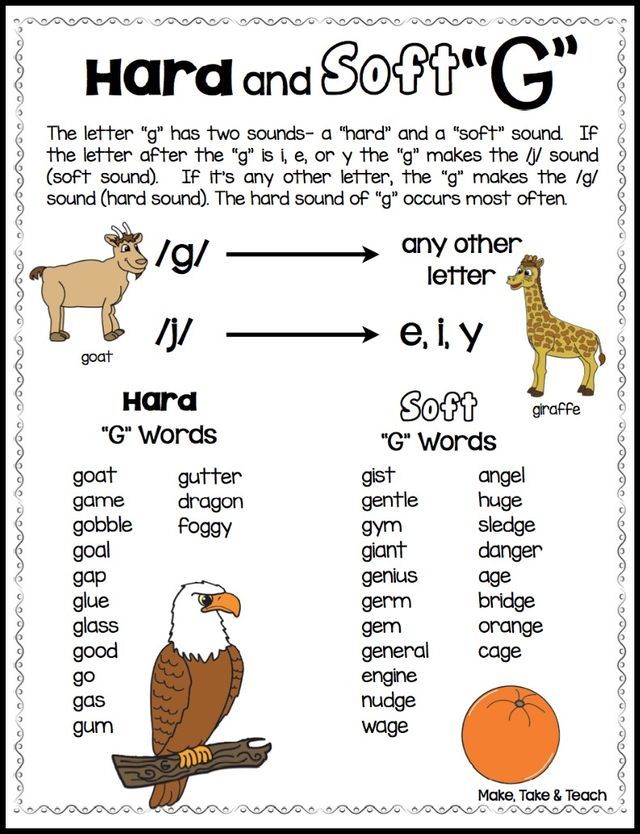
What is sound?
Sound, like words and sentences, is the basic unit of language. However, the sound does not express any meaning, but reflects the sound of the word. Thanks to this, we distinguish words from each other. Words differ in the number of sounds (port - sport, crow - funnel), set of sounds (lemon - estuary, cat - mouse), sequence of sounds (nose - dream, bush - knock) up to a complete mismatch of sounds (boat - boat, forest - park ).
What sounds are there?
In Russian, sounds are divided into vowels and consonants. There are 33 letters and 42 sounds in Russian: 6 vowels, 36 consonants, 2 letters (ь, ъ) do not indicate a sound. The discrepancy in the number of letters and sounds (not counting b and b) is due to the fact that there are 6 sounds for 10 vowels, 36 sounds for 21 consonants (if we take into account all combinations of consonant sounds deaf / voiced, soft / hard). On the letter, the sound is indicated in square brackets.
There are no sounds: [e], [e], [yu], [i], [b], [b], [g '], [w '], [c '], [th], [h ], [sch].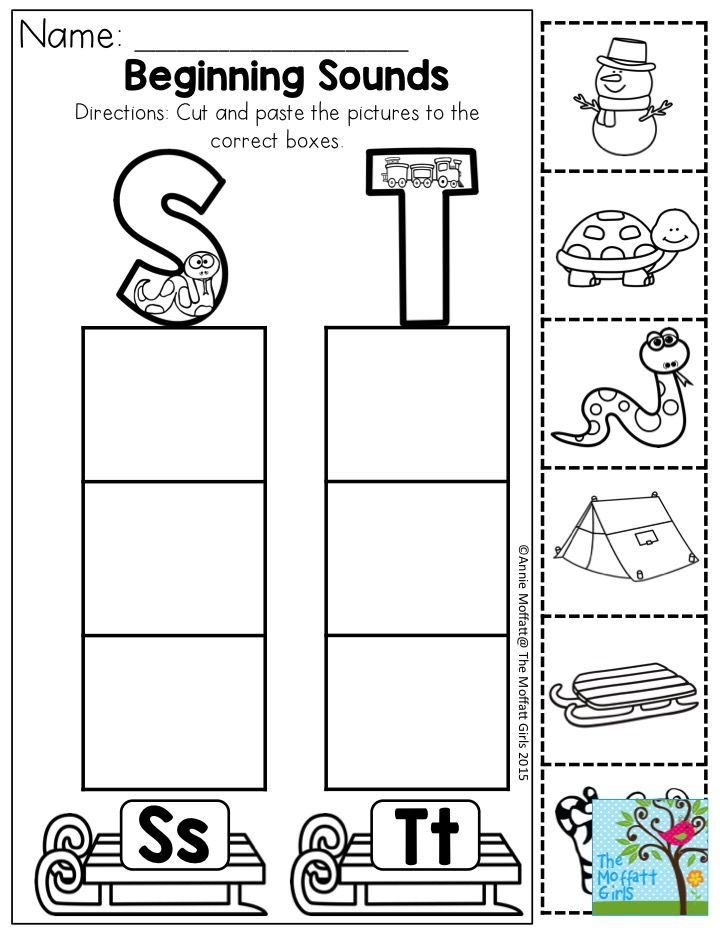
How are sounds pronounced?
We pronounce sounds while exhaling (only in the case of the interjection "a-a-a", expressing fear, the sound is pronounced while inhaling.). The division of sounds into vowels and consonants is related to how a person pronounces them. Vowel sounds are pronounced by the voice due to the exhaled air passing through the tense vocal cords and freely exiting through the mouth. Consonant sounds consist of noise or a combination of voice and noise due to the fact that the exhaled air meets an obstacle in its path in the form of a bow or teeth. Vowel sounds are pronounced loudly, consonant sounds are muffled. A person is able to sing vowel sounds with his voice (exhaled air), raising or lowering the timbre.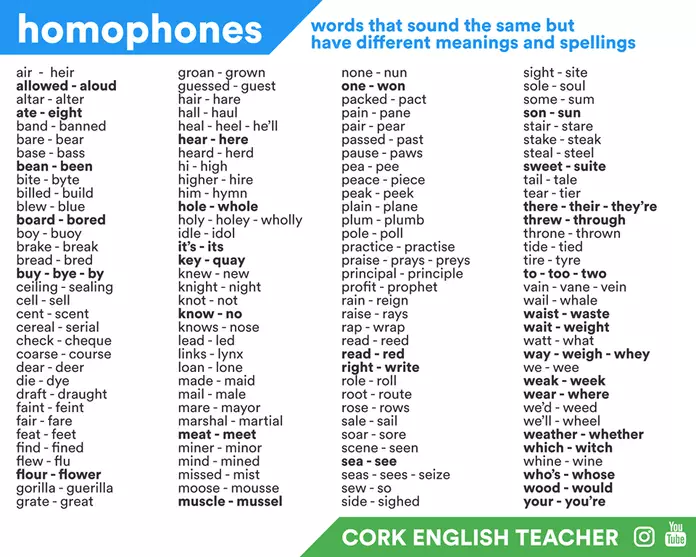 Consonant sounds cannot be sung, they are pronounced equally muffled. Hard and soft signs do not represent sounds. They cannot be pronounced as an independent sound. When pronouncing a word, they affect the consonant in front of them, make it soft or hard.
Consonant sounds cannot be sung, they are pronounced equally muffled. Hard and soft signs do not represent sounds. They cannot be pronounced as an independent sound. When pronouncing a word, they affect the consonant in front of them, make it soft or hard.
Transcription of a word
Transcription of a word is a recording of sounds in a word, that is, in fact, a record of how the word is pronounced correctly. Sounds are enclosed in square brackets. Compare: a is a letter, [a] is a sound. The softness of consonants is indicated by an apostrophe: p - letter, [p] - hard sound, [p '] - soft sound. Voiced and voiceless consonants are not marked in writing. The transcription of the word is written in square brackets. Examples: door → [dv'er '], thorn → [kal'uch'ka]. Sometimes stress is indicated in transcription - an apostrophe before a vowel stressed sound.
There is no clear correspondence between letters and sounds. In the Russian language, there are many cases of substitution of vowel sounds depending on the place of stress of a word, substitution of consonants or dropping out of consonant sounds in certain combinations.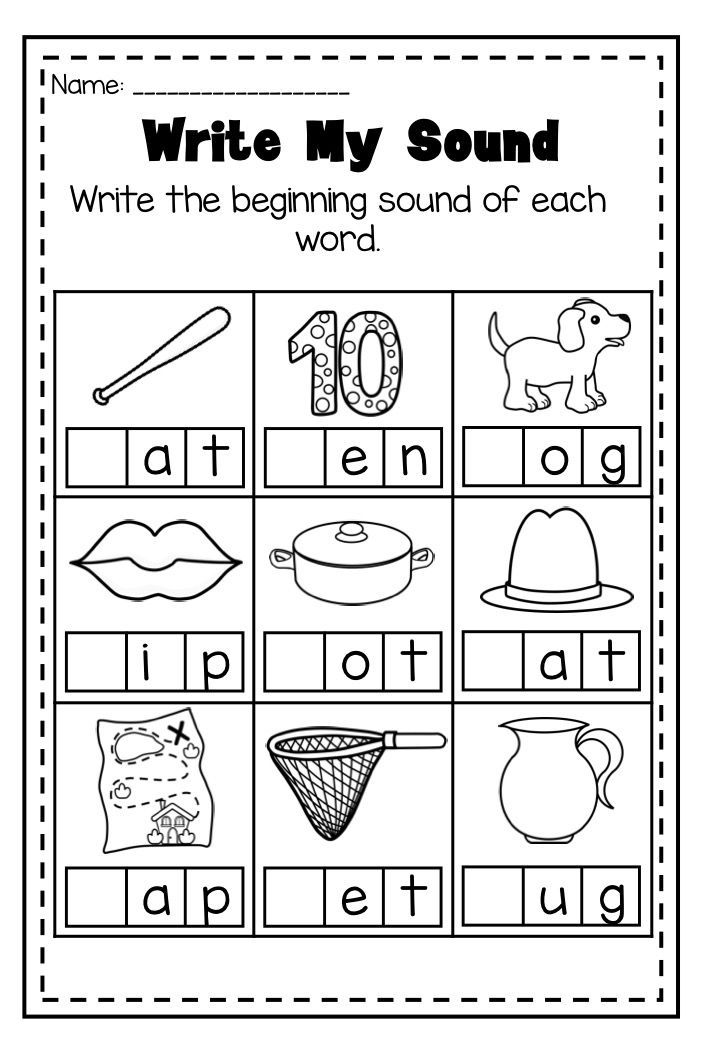 When compiling a transcription of a word, the rules of phonetics are taken into account.
When compiling a transcription of a word, the rules of phonetics are taken into account.
Color scheme
In phonetic parsing, words are sometimes drawn with color schemes: letters are painted with different colors depending on what sound they mean. Colors reflect the phonetic characteristics of sounds and help you visualize how a word is pronounced and what sounds it consists of.
All vowels (stressed and unstressed) are marked with a red background. Iotated vowels are marked green-red: green means a soft consonant sound [y‘], red means the vowel following it. Consonants with solid sounds are colored blue. Consonants with soft sounds are colored green. Soft and hard signs are painted in gray or not painted at all.
| Vowels0040 | |
| Consistent | Tsh zh zh zhb z k l m hhhhh |
| b, b | b |
- vowel, - vowel, ositated, vowel, vowel. - hard consonant, - soft consonant, - soft or hard consonant, - does not mean a sound.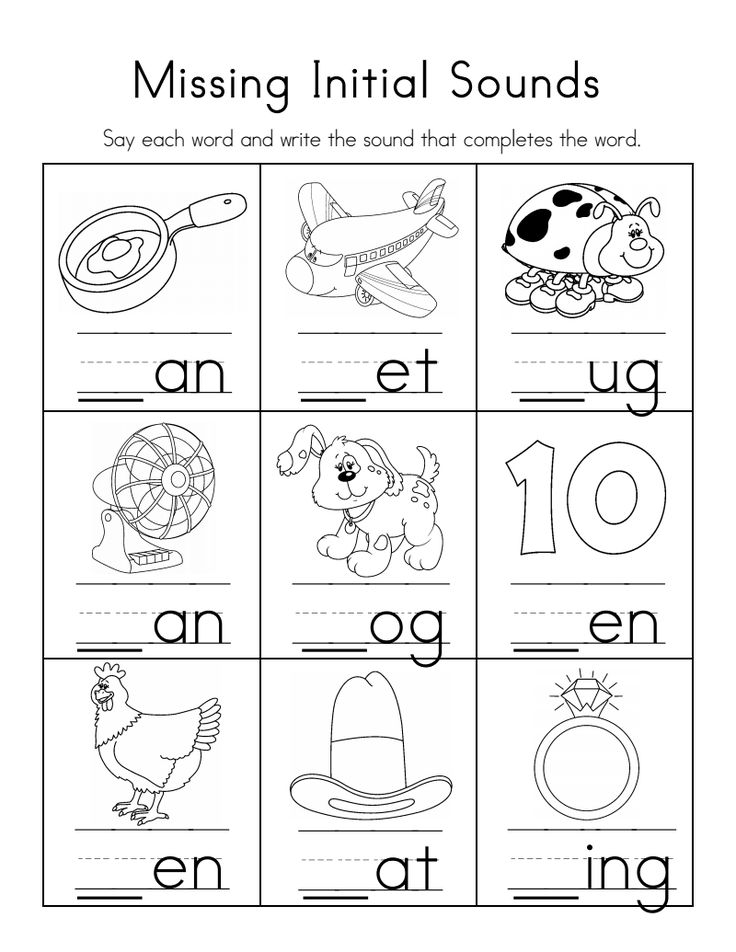
The blue-green color is not used in the schemes for phonetic analysis, since a consonant cannot be both soft and hard at the same time. The blue-green color in the table above is only used to show that the sound can be either soft or hard.
Words with the letter ё must be written through ё. Phonetic parsing of the words "everything" and "everything" will be different!
What are sounds and letters? / Directory :: Bingoskul
Words consist of sounds. Sounds are indivisible parts of sound speech. They create an external, sound shell of words and thus help to distinguish words. Sounds are produced by the speech organs.
A letter is a conditional graphic sign of a sound. The purpose of a letter is to convert speech sounds into written form.
How to distinguish between sounds and letters?
It is easy to distinguish between these concepts. We write letters, draw, see. They look like this: A, e, p, U, M, b. Letters are needed to translate spoken language into written language.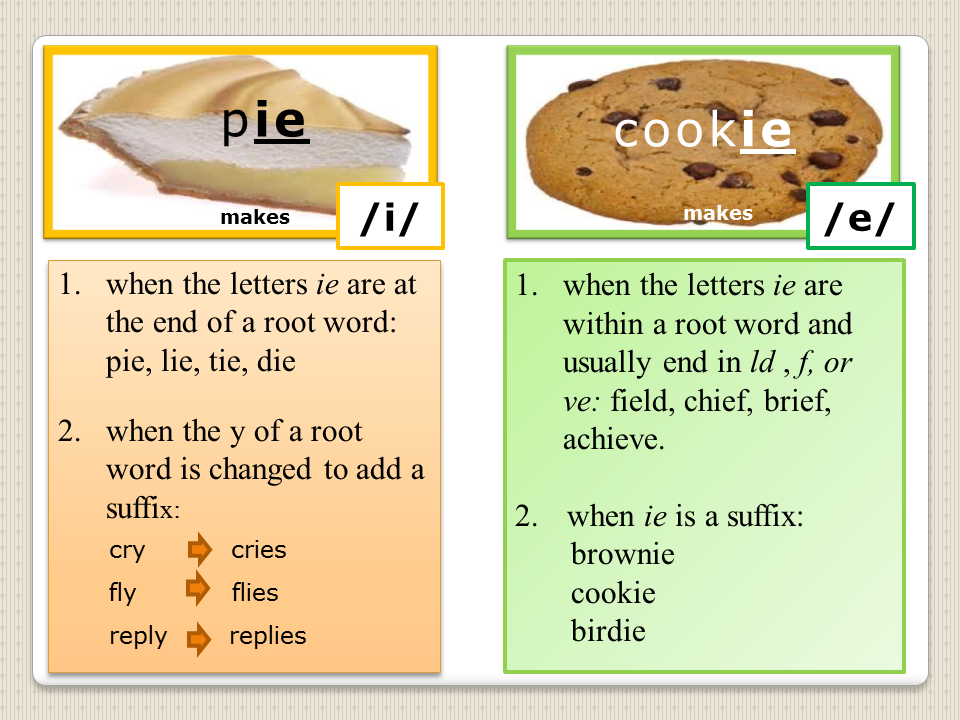 We speak, we sing, we hear sounds. They are written in square brackets: [n] [o] [l]. This recording is called transcription.
We speak, we sing, we hear sounds. They are written in square brackets: [n] [o] [l]. This recording is called transcription.
Is the number of sounds and letters the same in Russian?
Russian has 33 letters and 42 sounds.
There are much more sounds, because not every sound corresponds to a letter. The same letter can convey different sounds. Yes, the letter p in words hit and hit defines different sounds: hard [p] and soft [p’].
How are speech sounds divided?
Speech sounds are divided into vowels and consonants according to the degree of use of voice in them. When forming vowel sounds, air passes through the mouth freely. The mouth opens wide. Only a voice is heard.
When pronouncing consonant sounds, the air in the mouth encounters obstacles: tongue, palate, teeth, lips. For example, to pronounce [b], [p], you need to tighten your lips, and the sounds [c], [f] are pronounced through the gap between the teeth and lips.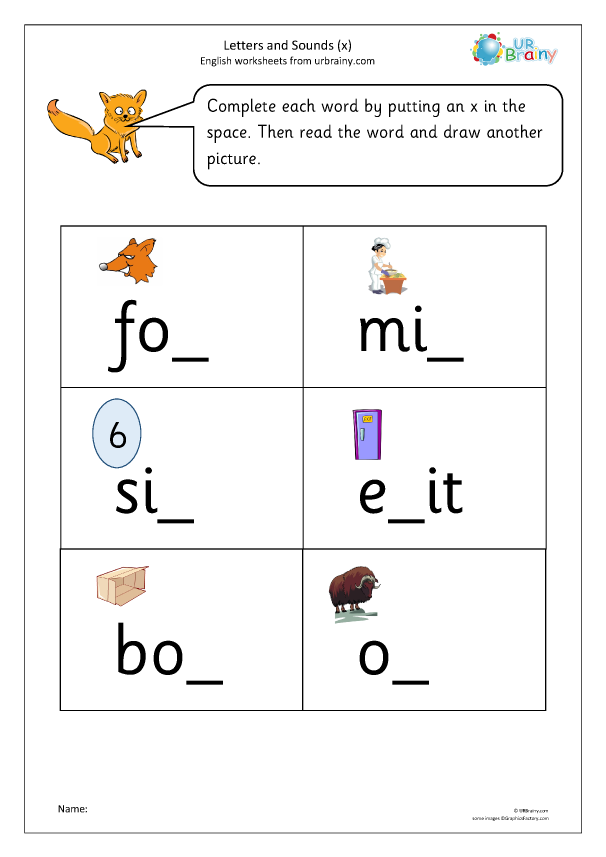 Every consonant has noise.
Every consonant has noise.
Vowels and letters
There are six vowels in Russian:
[a], [o], [u], [e], [i], [s].
In writing, sounds are indicated by ten vowels:
a, i, e, e, o, u, s, e, u, i.
For example:
- [a] - a (March) and i (mint)
- [i] - i (cinema)
- [s] - s (mouse)
- [o] - o (walrus) and e (aunt)
- [e] - e (echo) and e (accuracy)
- [y] - y (hoopoe) and yu (humor).
Ten vowels are easy to remember in pairs.
What is special about e, e, u, i?
Four iotized letters e, e, u, i stand out among others with two abilities:
- have an impact on the previous consonant, making soft: love - [l'u] beat.
- decompose into two sounds:
| I | [Y’a] | E | [Y’E] |
| Yo | [y’o] |
| Yu | [y’y] |
They were excluded from the sound range.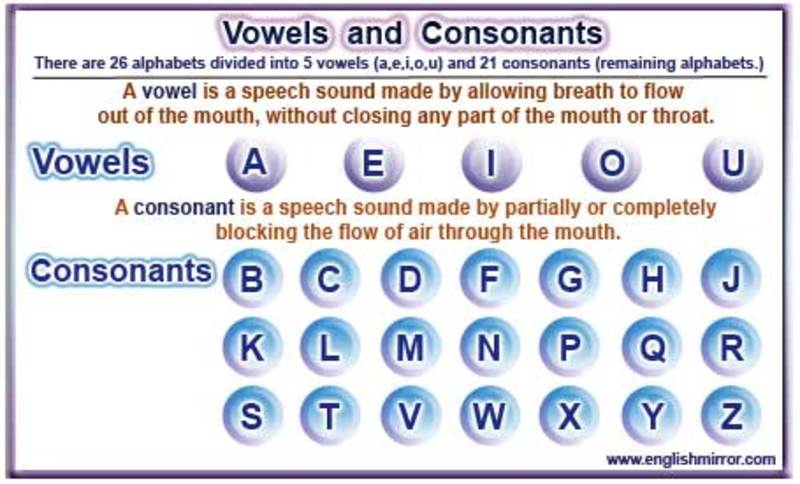
When do iotized vowels split into two sounds?
Letters e, e, u, i stand for two sounds:
- if they are at the beginning of a word: amber - [y'i] amber,
- after a vowel: lightning - lightning [y'a],
- after b and b signs: shrink - shrink [y’o] live.
Why can vowel sounds be strong and weak?
The strength of vowel sounds is given by a special place in the word - stress. Under stress, the sound is pronounced clearly: wolf, park, forest, table.
Weakens a vowel - unstressed position. So, vowels lose their power, change in the words five - p [and] grater, diaper - p [and] lyonka, since the sound [and] is unstressed.
The vowel sound is included in the structure of the syllable, for this reason there are as many syllables in a word as there are vowel sounds.
Consonants and letters
There are 21 consonants and 36 consonants in Russian. The discrepancy in quantity appears due to the fact that many consonants built pairs according to deafness / sonority, hardness / softness.
On what basis are consonants divided into voiceless and voiced?
Voiceless and voiced consonants are divided according to the presence of noise and voice during pronunciation.
Voiceless consonants are characterized by noise. Voice and noise are involved in the formation of voiced consonants. Voiced and voiceless consonants help distinguish between words:
- pair - bar,
- number - head.
Most voiced and voiceless consonants, like soldiers, pair up.
But there are single sounds among consonants.
How to distinguish between hard and soft consonants?
Soft and hard consonants differ in pronunciation. The main role in pronouncing soft consonants is played by the tongue. The middle part of the tongue rises to the palate.
Mostly hard and soft consonants are paired in orderly rows:
Unpaired sounds are:
- always solid consonants - [g], [w], [c];
- always soft consonants – [h’], [u’], [y’].
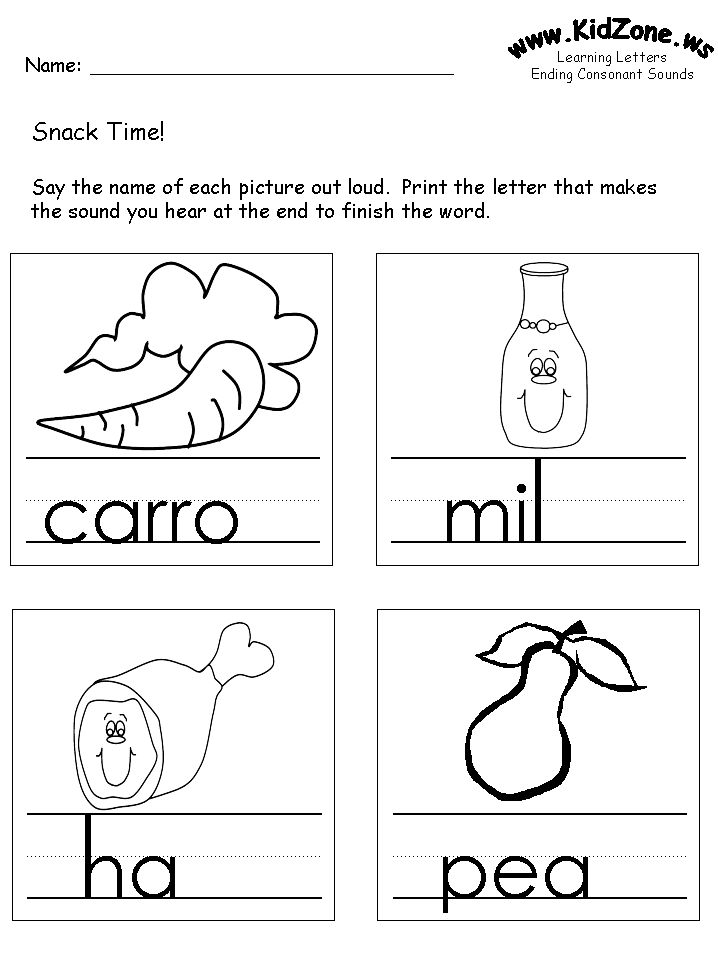
In writing, soft consonant sounds are indicated by the symbol ['] from the top right: night - but [h '].
Why color schemes?
When parsing a sound-letter word, it is convenient to use color schemes. They help to visually determine what sounds a word consists of. There are set color matches for various sounds:
- vowels are highlighted in red;
- iotized vowels are colored green-red;
- blue marks hard consonants;
- soft consonants are painted in green.
Soft and hard signs are not distinguished by color, as they do not produce sounds.
Phonetic analysis of the word
What is the phonetic analysis of the word for?
Phonetic analysis gives a sound characteristic of a word.
Use it to decompose a word into letters and sounds. Match the number of letters and sounds. And find out the discrepancies between letters and sounds, if any.
What is the order of phonetic parsing?
Phonetic analysis is performed in the following sequence.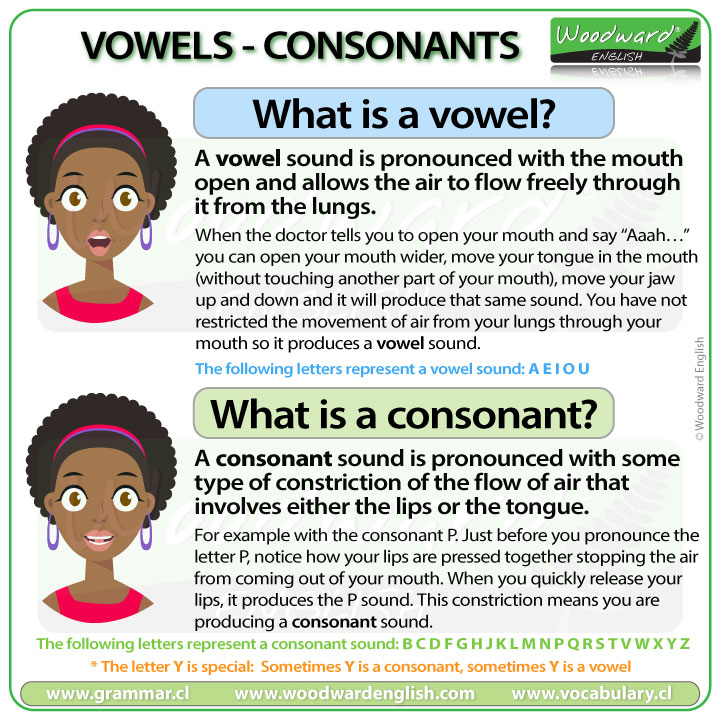
- Indicate the number of syllables and mark the stress.
- Count the number of sounds and letters in a word.
- Describe vowel sounds: stressed/unstressed.
- Describe consonant sounds: voiced/voiced, hard/soft.
Examples of phonetic analysis of words
1. Wedding - [sva't'ba], 2 syllables, stress falls on the 1st syllable;
- s - [s] - consonant, deaf double, hard double;
- в - [в] - consonant, voiced double, soft double;
- a - [a] - vowel, stressed;
- d - [t '] - consonant, deaf double, soft double; b - has no sound
- b - [b] - consonant, voiced double, hard double;
- a - [a] - vowel, unstressed;
__________________________________________________________
7 letters, 6 sounds
2. Black - [ch’erny], 2 syllables, stress falls on the 1st syllable;
- h - [h '] - consonant, deaf unpaired, soft unpaired;
- e - [e] - vowel, stressed; p - [p] - consonant, voiced unpaired, solid paired;
- n - [n] - consonant, voiced unpaired, solid paired;
- s - [s] - vowel, unstressed;
- th - [th '] - consonant, voiced unpaired, soft unpaired.
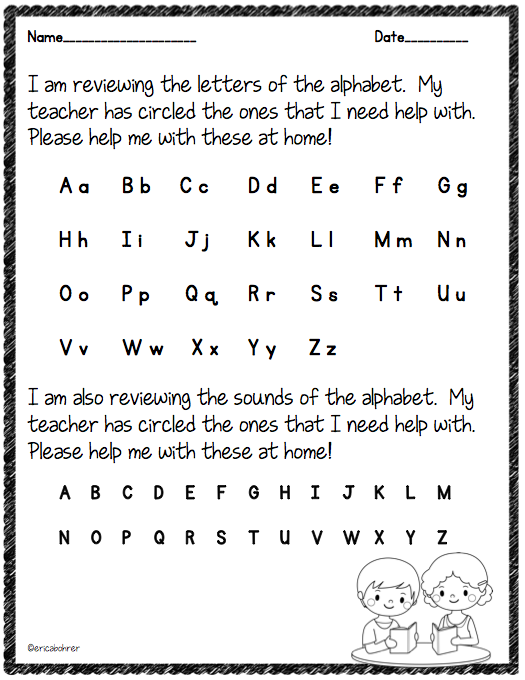
Learn more


